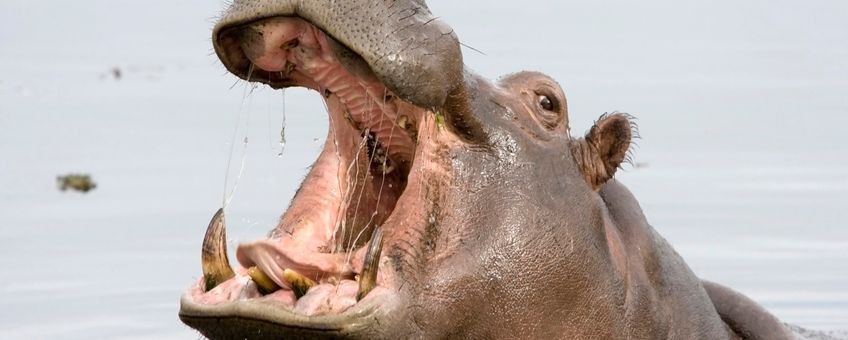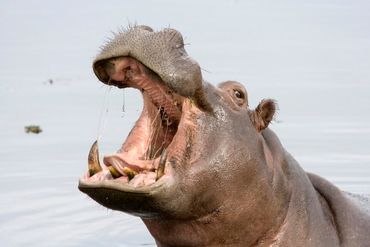
New findings by researchers at the Naturalis Biodiversity Center (The Netherlands) and the University of California Los Angeles (UCLA) have provided insights into how the most diverse living group of mammals, the placentals, which includes everything from humans, to rabbits, to bats and whales, was able to diversify following the extinction of the dinosaurs, 66 million years ago. The research paper, published in the journal Proceedings of the National Academy of Sciences – used a computer model of how mammalian teeth develop to investigate the tooth shape changes associated with the early evolution of placental mammals.
Small changes
The findings suggest that only relatively small changes in how tooth shape forms during development within the jaw may have been needed to transform the tooth shape of the shrew-like ancestor of all placental mammals, into the crushing rectangular molar teeth typical of placental mammals like elephants, horses and rodents. “Because teeth are the most durable part of our skeleton, they are also the most likely part to become a fossil. Paleontologists can often tell to which group an extinct species belongs just from looking at the number and position of the tooth cusps”, says Dr. Couzens, the lead author on the study and a postdoctoral researcher at UCLA and previously at Naturalis.
Big effects
Once species have different tooth shapes, they can start to specialise on eating different things. “Our findings suggest that several of the key changes that were important in helping early placentals to fill these new dietary niches, may have been accomplished just by tinkering with a few aspects of tooth development that determine how many cusps form and how much the tooth grows in different parts”, Couzens says.
The findings contribute to a debate about how rapidly the modern groups of placental mammals could have evolved, with the results suggesting that the basic dental ‘blueprint’ for many modern placental groups such as horses, elephants, rabbits and rodents could have been assembled fairly rapidly, perhaps soon after the extinction of the dinosaurs.
The rules of life
 Martin Rücklin, the research group leader from Naturalis Biodiversity Center who led and helped design the study said: “Some early fossil fish teeth that looked unexpectedly complex triggered our interest to search for the regulatory causes of dental complexity. Our results demonstrate that key innovations in tooth form, like a rectangular molar that can crush food, can be caused by relatively small changes in developmental regulation. Small developmental changes with a big impact on ecology and biodiversity." Professor Karen Sears (UCLA), a co-author on the study, believes that this work helps define 'rules' that govern how animal traits like tooth shape may evolve.
Martin Rücklin, the research group leader from Naturalis Biodiversity Center who led and helped design the study said: “Some early fossil fish teeth that looked unexpectedly complex triggered our interest to search for the regulatory causes of dental complexity. Our results demonstrate that key innovations in tooth form, like a rectangular molar that can crush food, can be caused by relatively small changes in developmental regulation. Small developmental changes with a big impact on ecology and biodiversity." Professor Karen Sears (UCLA), a co-author on the study, believes that this work helps define 'rules' that govern how animal traits like tooth shape may evolve.
More information:
- Click here for the full article Developmental influence on evolutionary rates and the origin of placental mammal tooth complexity.
Text: Aidan Couzens, Naturalis Biodiversity Center & UCLA
Photo: Pjmalsbury, Getty Images
Figure: Aidan Couzens, UCLA
